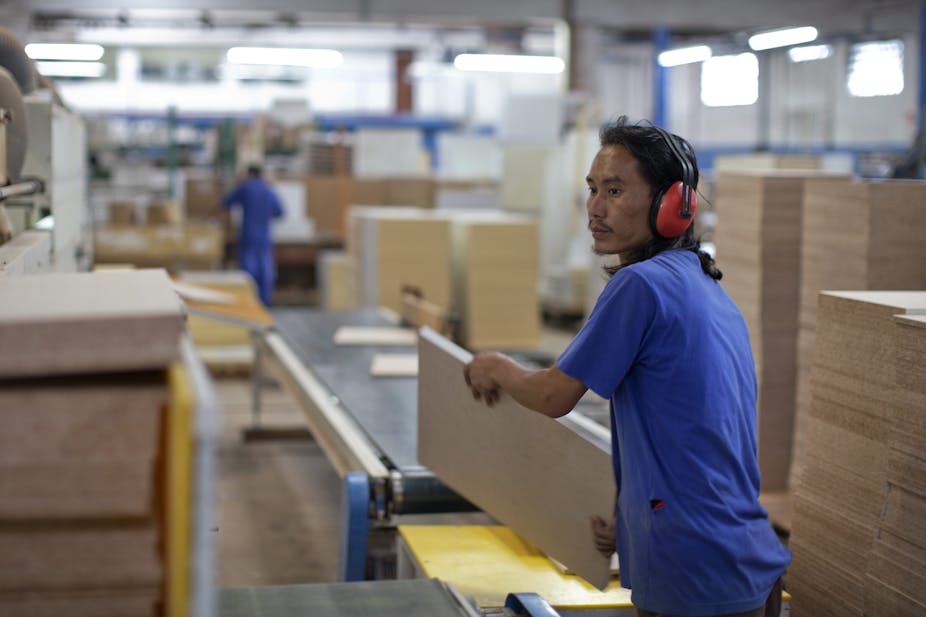A group of 70 refugees from Syria who have been living in Lebanon are set to arrive in Chile in October. With an estimated 1.2m refugees globally in need of resettlement in 2018, regions such as Latin America are being asked to expand their resettlement programmes to take more people in.
Selecting and transferring refugees from their first country or place of asylum to a third country has recently gained popularity as part of the Global Compact on Refugees. While there are 37 countries around the world currently accepting refugees for resettlement, no country has an obligation to resettle refugees under international refugee law. It remains a highly charged political issue.
In the US, the Trump administration has drastically reduced its target for the number of refugees it plans to accept in the coming year. After the failure of a plan to relocate refugees around the EU, the bloc announced a new plan in late September to resettle 50,000 refugees from North Africa in a bid to stop people travelling by boat across the Mediterranean.
Meanwhile, five countries in South America, which already accept refugees, have begun to stand out as emergent resettlement countries: Brazil, Argentina, Chile, Uruguay and Paraguay. Some are already exploring how to increase the number of resettled refugees they can accept.
Argentina is considering a private sponsorship scheme, similar to one in use in Canada. The region is also assessing other solutions, inspired by resettlement but cheaper to implement, such as a Labour Mobility Programme, which could facilitate the mobility of refugees within the region.
But there have been historic challenges in the implementation of refugee resettlement in the region – an issue discussed in a new special issue of the Forced Migration Review.
Opening doors
Resettlement builds upon a longstanding tradition of refugee protection in Latin America. Many countries of the region opened their doors to European refugees during the Spanish Civil War and after World War II.
Since the beginning of the 2000s the region has resettled more than 1,500 refugees in partnership with the UNHCR – most of them people fleeing violence nearby, from Colombia or El Salvador. The rest included Afghans, ex-Yugoslavians, Palestinians, Sri Lankans and Syrians.
Implementing resettlement programmes allows countries such as Brazil, Chile and Argentina to show that they are good international actors. It is also a “gesture” to the international community acknowledging the support given to their own citizens who lived in exile from dictatorships in the region during the 1970s and 80s.
Despite these expressions of solidarity, refugees still experience challenges in their host countries.
From numbers to quality
My own research on the experiences of Palestinian and Colombian refugees resettled in Chile and Brazil between 2005 and 2013 highlighted the tensions that emerged between the refugees and the organisations involved – largely as a result of unfulfilled expectations. Refugees criticised the lack of clear information about the support they would receive and the opportunities they could find upon arrival. Palestinians refugees also told me about structural and social barriers that prevented them from accessing certain rights, services and naturalisation.
Similar issues were raised by the 42 Syrian refugees resettled in Uruguay in 2014, who held public protests about their living conditions in the country. Some of them even asked to be returned to Syria. It is worth noting that in the three countries mentioned above, some of the refugees’ complaints were heard and dealt with by the governments and the organisations running the resettlement programmes.
Despite some achievements, an evaluation by the UNHCR of resettlement in South America noticed that by 2014 at least 22% of the total number of refugees resettled in the region had left their host countries and decided to return to their country of origin, went back to their first country of asylum or travelled elsewhere. Resettlement comes with the idea of permanent residency, but in some cases people were so frustrated that they wanted to go back – even if their lives were in danger.
There are also structural issues holding back the expansion of resettlement in the region, particularly funding. So far, the UNHCR has provided a large part of the funds for resettlement in Latin America. But the level of support varies depending on the funds the agency gets from its donors, who can specify where they want their contribution to be used. The US, Canada and Norway funded initial resettlement efforts in the region and they also supported the Palestinian programme, but the support decreased – globally and for the region – after the 2008 financial crisis.
While countries of the region provide resources, this are mainly indirect contributions. Some scholars now argue that the governments of Latin America should increase the funding they already provide for their own national resettlement programmes. Ensuring this funding internally, could help ensure the continuity of the programme.
The issue at stake here is the quality of resettlement, not just the quantity of people transferred. Taking people from dangerous zones and refugee camps is not enough if there are not conditions, reception structures and guaranteed access to rights for refugees to rebuild their lives in a third country. Latin America can do better in both areas.

